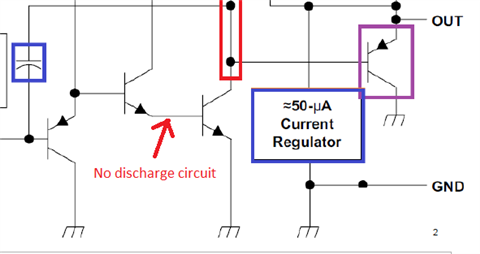Other Parts Discussed in Thread: LM324
Hi all
Would you mind if we ask LM2902?
On our customer's circuit, there is big propagation delay between input and output.
We think it is cause of customer's circuit.
So, at the first we would like to share the circuit.
However these files inculde confidential content.
Could let us know your E-mail address?(We would like to send you the file.)
Kind regards,
Hirotaka Matsumoto


